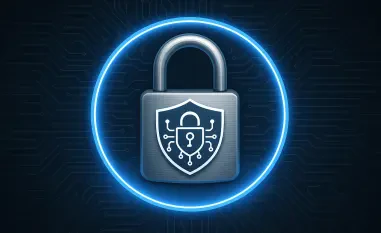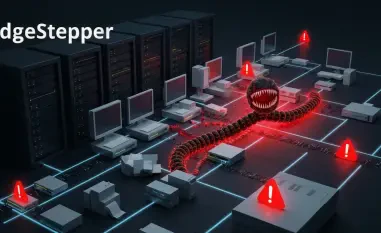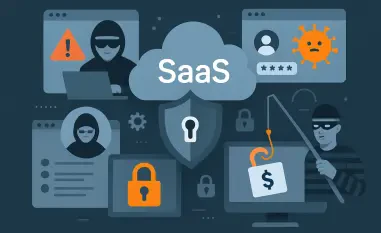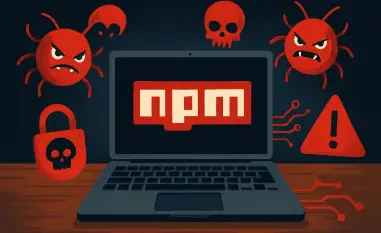In today’s world, where cybersecurity tools often straddle the line between protection and exploitation, understanding the ethical and strategic considerations is crucial. Malik Haidar, a seasoned cybersecurity expert known for his work with multinational corporations, sheds light on these intricacies with his expertise in analytics, intelligence, and security integration. This interview delves into the core functionalities of Shellter, its positioning in the cybersecurity landscape, and the controversial concerns it faces about misuse and responsible disclosure.
Can you provide an overview of what Shellter is and its primary functionalities?
Shellter is crafted as a versatile AV/EDR evasion tool aimed primarily at red teams and penetration testers. Its core functionality is to assist these teams in simulating attacks by evading security defenses, thereby identifying vulnerabilities within an organization’s infrastructure. By doing so, Shellter provides a comprehensive look at a client’s attack surface, helping to bolster their defensive posture.
How does Shellter ensure that its software is used responsibly?
The cornerstone of Shellter’s approach to responsible usage lies in its rigorous vetting process. Before granting access to our tool, we thoroughly screen potential users to ensure their intentions align with ethical standards. This includes verifying their professional credentials and purpose, ensuring that only legitimate security professionals utilize Shellter for its intended purpose.
What measures are part of Shellter’s “rigorous vetting process”?
Our vetting process is multi-layered and includes background checks on users, requiring them to provide verifiable credentials such as employment within recognized cybersecurity firms or red team positions. Additionally, we often require references or certifications that validate their integrity and professional standing in the cybersecurity community.
What prompted Shellter to release a statement regarding misuse by malicious actors?
The catalyst for our public statement was the revelation that a malicious actor had managed to misuse our tool. This was an undeniable wake-up call to reaffirm our commitment to transparency and to address any lapses in our current vetting protocols. We felt it necessary to acknowledge the issue openly and outline the steps we’re taking to prevent future occurrences.
How did Shellter first become aware that its tool was being used by adversaries?
We were initially alerted by Elastic Security Labs, who provided us with evidence of misuse. While we appreciate their diligence in uncovering this, it’s crucial to mention that their delay in reporting the information led to unnecessary risks, which could have been mitigated sooner had they opted for immediate disclosure.
What specific actions did Shellter take once the misuse was identified?
Upon confirmation of misuse, we promptly initiated a review of our current client base, revoking access where necessary. Furthermore, we enhanced our vetting processes and initiated collaborative efforts with law enforcement to track and prevent unauthorized usage. These steps are vital to regaining control and ensuring trust in our tools.
Could you elaborate on the criticisms Shellter has directed toward Elastic Security Labs?
Our primary concern with Elastic Security Labs stems from their handling of the situation. We believe they prioritized media exposure over security by failing to notify us in a timely manner. Their actions led to unnecessary risks that could have been avoided through cooperation and transparent communication.
Why does Shellter believe Elastic Security Labs acted “recklessly and unprofessionally”?
The months-long delay in conveying their findings to us demonstrates a lack of responsibility that can jeopardize not just Shellter’s reputation but also public safety. Such delays can result in broader attacks and damage, highlighting a need for ethical extremity in handling such sensitive discoveries.
What process does Shellter believe would constitute responsible disclosure in cases like this?
Responsible disclosure should involve immediate communication between the parties who can mitigate the damage. This means that once a threat is identified, it should be reported to the tool’s developers directly and swiftly, facilitating corrective measures that prevent further misuse before any public announcements are made.
How did the delayed release of a new version impact the situation?
Ironically, a personal delay meant that an enhanced version of Shellter, which the malicious actor might have accessed, was not released in time. This fortunate delay prevented additional capabilities from falling into the wrong hands, underscoring the unforeseen positives of unintended timing.
What does Shellter suggest should be the role of collaboration between Red Team and Blue Team research communities?
Collaboration between these communities is essential to refine defensive strategies and offensive testing while minimizing risk. This cooperative model ensures a comprehensive approach to cybersecurity, where both red and blue teams understand each other’s challenges and work together to develop holistic solutions to combat threats.
How is law enforcement, like the UK’s National Crime Agency, involved in mitigating the misuse of tools like Shellter?
Organizations like the UK’s National Crime Agency play a pivotal role in reducing the unauthorized sale and distribution of tools like Shellter. By conducting operations such as Morpheus, they actively monitor and take action against illegal operators, significantly reducing the instances of tool misuse in the wild.
What impact do operations like Morpheus have on the prevalence of tool misuse?
Operations like Morpheus have been incredibly effective, reportedly achieving an 80% reduction in such misuse. By targeting the distribution networks of these tools, they cut off a significant avenue for criminals, thereby protecting the integrity of cybersecurity resources designed to aid, not harm.
How does Shellter differentiate itself from other tools that have also been used by threat actors, such as Cobalt Strike?
The primary distinction lies in our commitment to thwarting misuse through stringent access controls and collaborative efforts with the cybersecurity community and authorities. Unlike Cobalt Strike, which has been historically targeted for leaks and misuse, Shellter continually revises its access and monitoring practices to prevent unauthorized distribution actively.
Is there a planned update or change in Shellter’s policies following this incident?
Absolutely, learning from this incident, we’re doubling down on our vetting procedures and looking into additional measures such as continuous monitoring and user logging. These steps aim to tighten security and reduce the chance of malicious exploitation moving forward.
Do you have any advice for our readers?
For anyone using or developing cybersecurity tools, the key is to balance openness with caution. Vetting and monitoring are non-negotiable in ensuring these tools are used ethically. Meanwhile, fostering open communication between developers, users, and the broader security community is crucial for preemptively addressing threats and safeguarding collectively.













